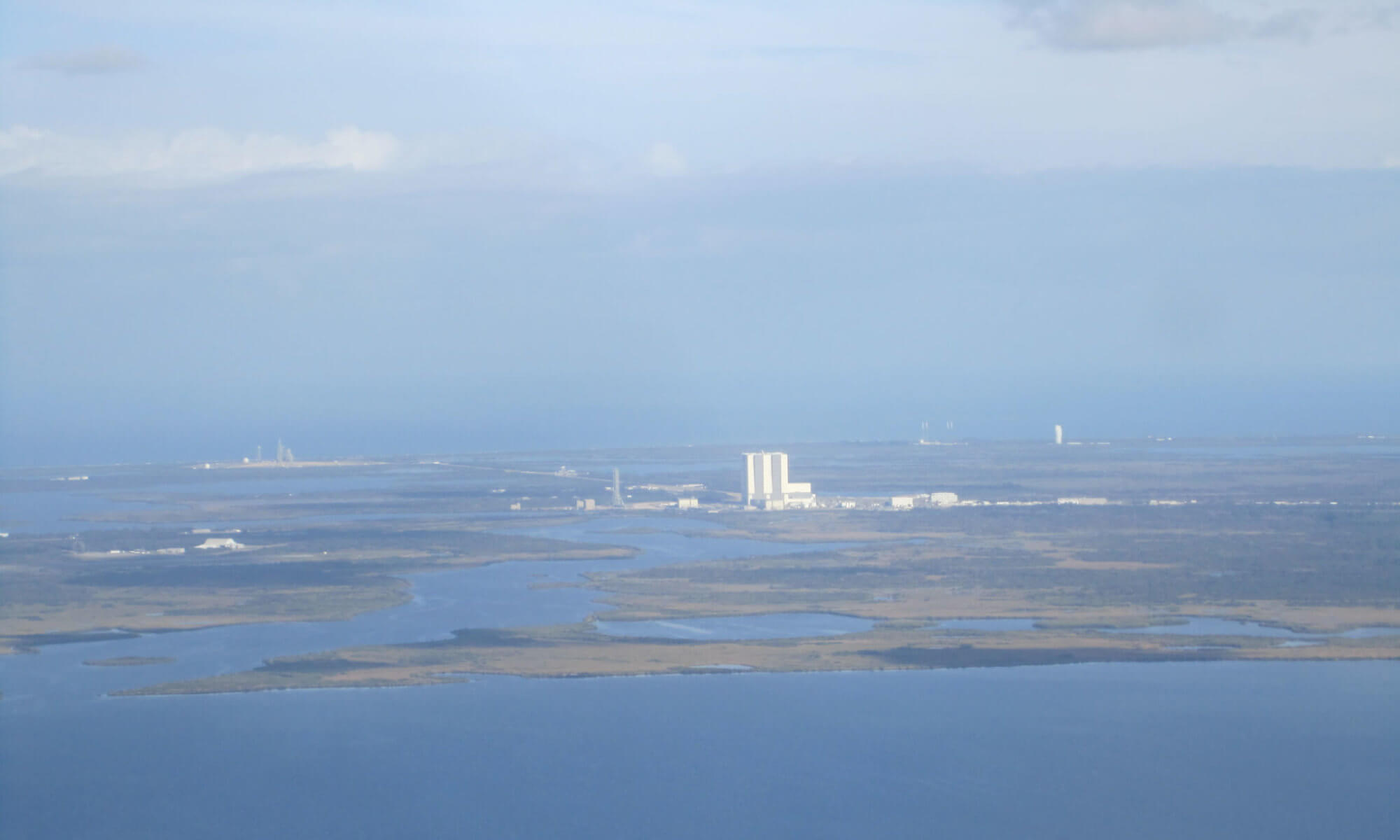
 The scope of this saga spanning eight novels is staggering. A gate is opened to the past, specifically the Pliocene era. But it is a one-way trip. Adventurous souls travel back, and find a world unlike any they could imagine. Epic conflict rages between ancient races, and the future destiny of man is decided. The initial four
The scope of this saga spanning eight novels is staggering. A gate is opened to the past, specifically the Pliocene era. But it is a one-way trip. Adventurous souls travel back, and find a world unlike any they could imagine. Epic conflict rages between ancient races, and the future destiny of man is decided. The initial four
 books make up The Saga of Pliocene Exile.
books make up The Saga of Pliocene Exile.
- The Many-Coloured Land
- The Golden Torc
- The Nonborn King
- The Adversary
These can be read as a standalone series, but who would want to stop there?
The “bridge” book deals with first contact and the emergence of humans with “supernatural” powers such as telekinesis.
- Intervention. In the US edition this was divided into “Intervention: Surveillance” and “Intervention: Metaconcert”.
 The Galactic Milieu Trilogy deals with events after humanity has entered the galactic community.
The Galactic Milieu Trilogy deals with events after humanity has entered the galactic community.
- Jack the Bodiless
- Diamond Mask
- Magnificat
 What surprised me as I finally finished the whole thing was how May had meticulously planned the entire arc from the very beginning, with elements important to the last novels referenced in the first. This lends the whole series a sense of completion rare in such works. Considering the fact that it took over 12 years to write, the achievement is even more impressive.
What surprised me as I finally finished the whole thing was how May had meticulously planned the entire arc from the very beginning, with elements important to the last novels referenced in the first. This lends the whole series a sense of completion rare in such works. Considering the fact that it took over 12 years to write, the achievement is even more impressive.
The characters are amazing, with rich depths and particular quirks that blend in well with the evolving destiny of humankind. The settings, especially in Exiles are fabulous.
 Unfortunately, the US covers are beyond awful, but don’t be put off by that. Also unfortunately, the books are out of print, but can be easily found second hand.
Unfortunately, the US covers are beyond awful, but don’t be put off by that. Also unfortunately, the books are out of print, but can be easily found second hand.


I felt that it lagged towards the end. Indeed, although I enjoy all the books, my take has always been that the references to the rebellion in the Exiles Saga don’t “gel” with the description of the same in Magnificat. My theory is that May hadn’t quite realized all the implications of Unity as regards military force.
As I read the Exiles Saga, I see the rebellion (and consequences of same as regards the equipment provided for the rebels) as being much more overtly military than it is described in Magnificat.
Still and all, Marc Remillard is one fo the truly great characters in SF (in my opinion). And I would have loved to see what happens next in Pliocene Europe.
As I recall, I originally borrowed the books from you.
I agree that the Exiles saga is the best part of the series. Magnificat is a nice ending volume, but the series certainly doesn’t end with a bang. Pity, that. In any case it would be hard to stop at that point. 😉
Like Peter F. Hamilton’s Night’s Dawn or Commonwealth stories, May manages great epic world building, and it is almost worth reading the series for the mise en scène alone.
Yes you did, I take pride in that, as well as the following;
Larry Niven
Lord of Light – Roger Zelazny
Nova – Samuel R. Delany
and, unless I’m very much mistaken, Snow Crash was borrowed from me even before you read Zodiac.
Your Harry Harrison fetish, however, is all your own.
I’ve always found that the ease and vision with which the metapsychic powers are made to come alive is one of the true strengths of Mays work.